There is an amazing array of old churches in Armenia, a country rich in spiritual importance and historical history. While many only know of Armenia as the South Caucasus nation, it is sometimes forgotten that there are several Armenian churches outside of its boundaries, notably neighboring Iran. This article takes the reader on a spiritual tour through the ancient churches of Armenia in Iran, examining their illustrious history, stunning architecture, and the profound spiritual experiences they provide.
The Armenian Diaspora in Iran
We must examine the history of the Armenian diaspora in order to comprehend the existence of Armenian churches in Iran. Throughout the years, Armenians had to deal with a variety of difficulties, including forced migration and persecution. As a result, Armenian communities established themselves all over the world, including Iran. These communities built churches that served as important symbols of their spiritual and cultural identities after turning to religion for consolation.
We will now delve into the details of some of the most well-known historic Armenian churches in Iran:
St. Thaddeus Monastery

Iran’s northwest is home to a historic Armenian monastery known as St. Thaddeus Monastery, often referred to as Kara Kilise or Qara Kelisa. This historic monastery has great religious significance to Armenians since it is said to be the resting site of Saint Thaddeus, one of the twelve apostles of Jesus Christ. The actual construction date of this historic church is not really known. Various sources place the foundation’s laying in AD 239 by St. Gregory the Illuminator, while others claim it was erected in AD 66. According to another legend, Thaddeus constructed a monastery there for his adherents, who afterward buried him there after his passing.

It has stone walls that are carved intricately and contain holy objects. The monastery is a respected pilgrimage site for believers and an alluring destination for visitors looking to discover its rich history and architectural splendor due to its secluded position and spiritual aura, which together create an environment of reverence and tranquility.
Surp Gevork Church

In the Iranian city of Tabriz, there is an ancient Armenian church called Surp Gevork Church, also called St. George Church. It is one of the nation’s oldest Armenian churches, with a history that dates back to the 18th century. The church has a distinctive architectural design that combines Armenian and Persian elements. While the inside has a calm mood with lovely murals and holy artifacts, the outside displays amazing stone carvings and elaborate ornamentation. The Surp Gevork Church, a beloved site of worship and cultural landmark, is a symbol of the lasting Armenian presence in Tabriz.
The Chapel of Dzordzor


The Chapel of Dzordzor in West Azerbaijan Province, Iran, has a fascinating history and distinctive features. It is tucked away amid the arid surroundings. This Armenian Church, which dates to the ninth century, is positioned on the ledge of a cliff and looks down into the Aras River’s deep gorge. It is a hidden gem for history buffs and explorers due to its secluded location and magnificent architecture. The chapel’s imposing stone walls and elaborate cross stones, known as khachkars, are evidence of the Armenian people’s ongoing cultural legacy. The Chapel of Dzordzor continues to serve as a symbol of the Armenian community in Iran’s tenacity and spiritual importance despite being subject to natural degradation and abandonment.
Holy Savior Cathedral

In the bustling Iranian city of Isfahan stands the Holy Savior Cathedral, commonly called Vank Cathedral. It is a magnificent Armenian cathedral. This architectural marvel, constructed in the 17th century, combines inspirations from Armenia and Persia. Its front facade showcases beautiful tile work and rich murals, while its interior is decorated with breathtaking religious artwork and delicate sculptures.
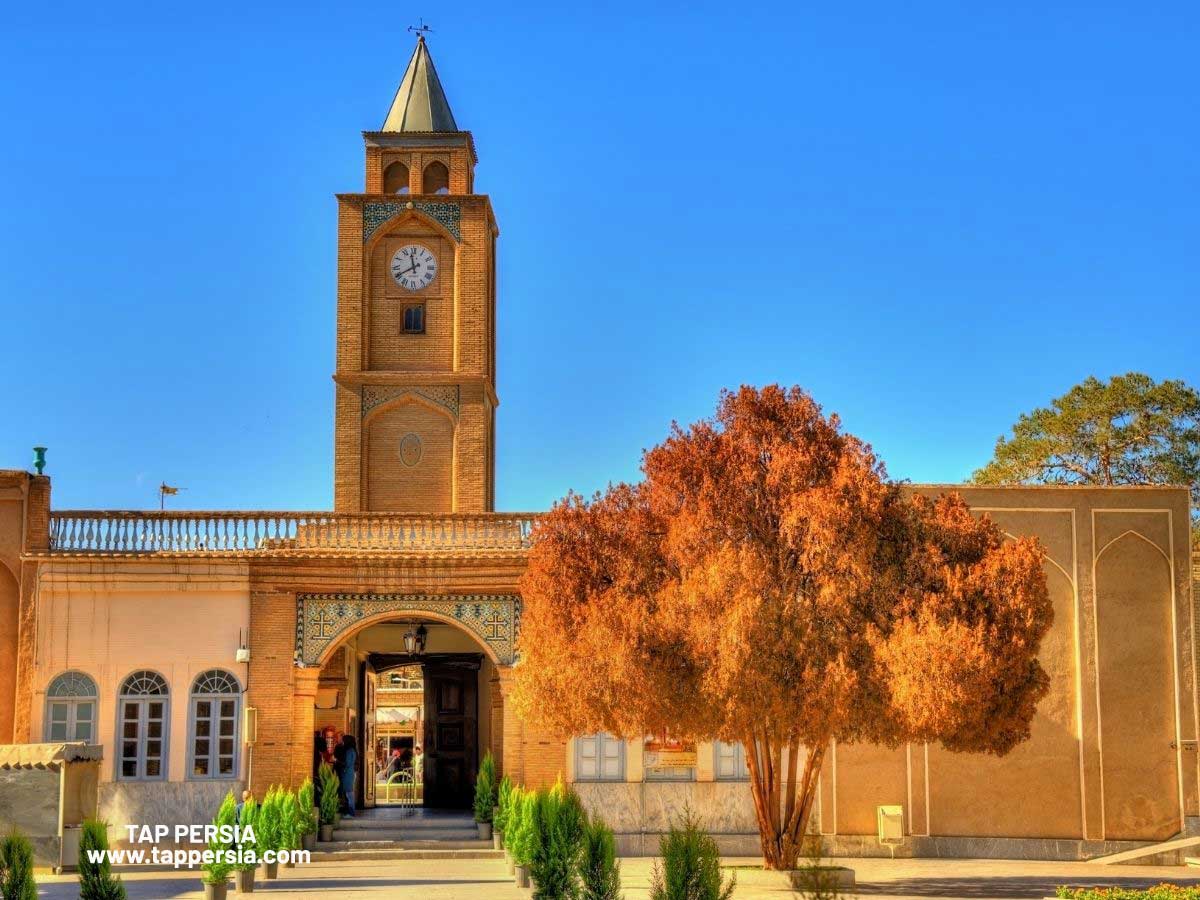
An air of awe and reverence is produced by the cathedral’s large dome and towering arches. As a symbol of the Armenian population in Isfahan’s steadfast faith and resiliency, the Holy Savior Cathedral is incredibly significant both historically and culturally in addition to its stunning architecture.
St. Stepanos Monastery
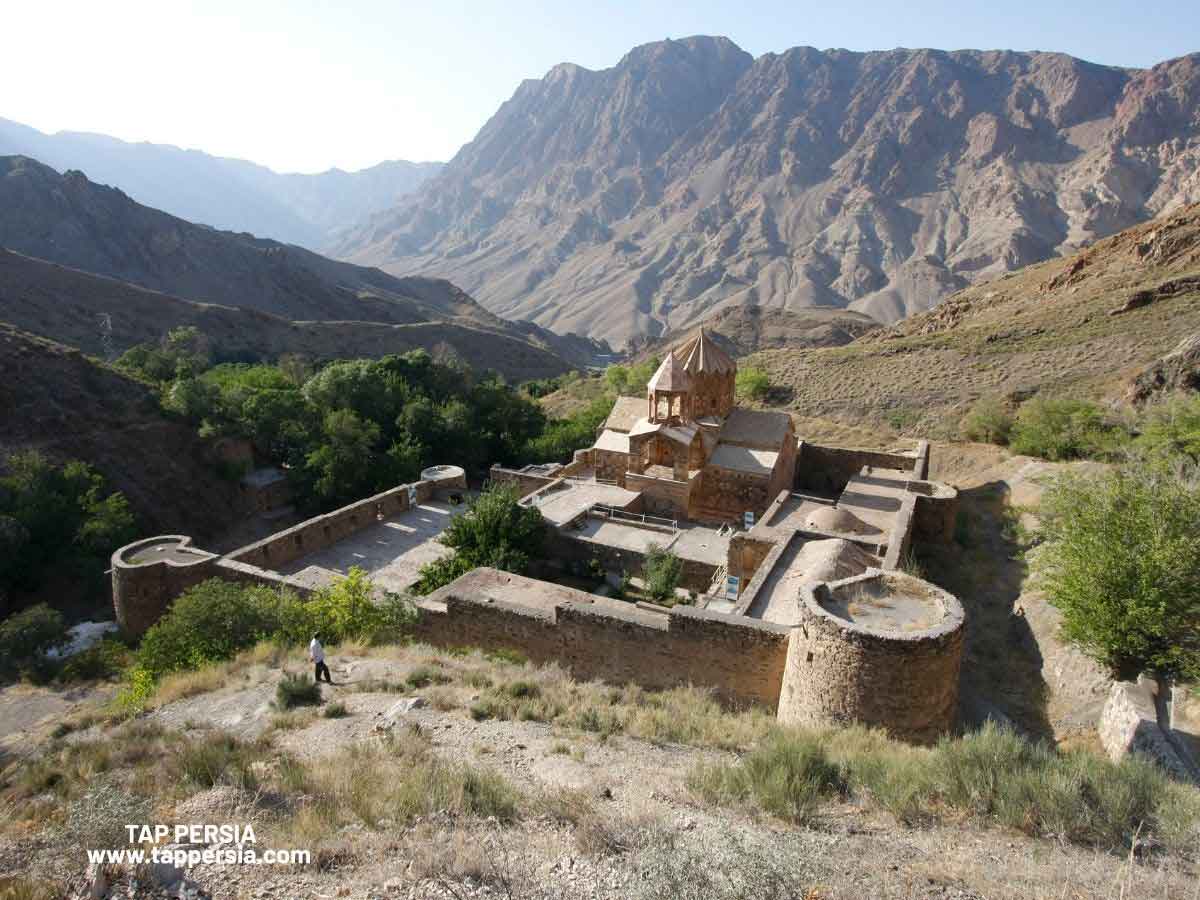
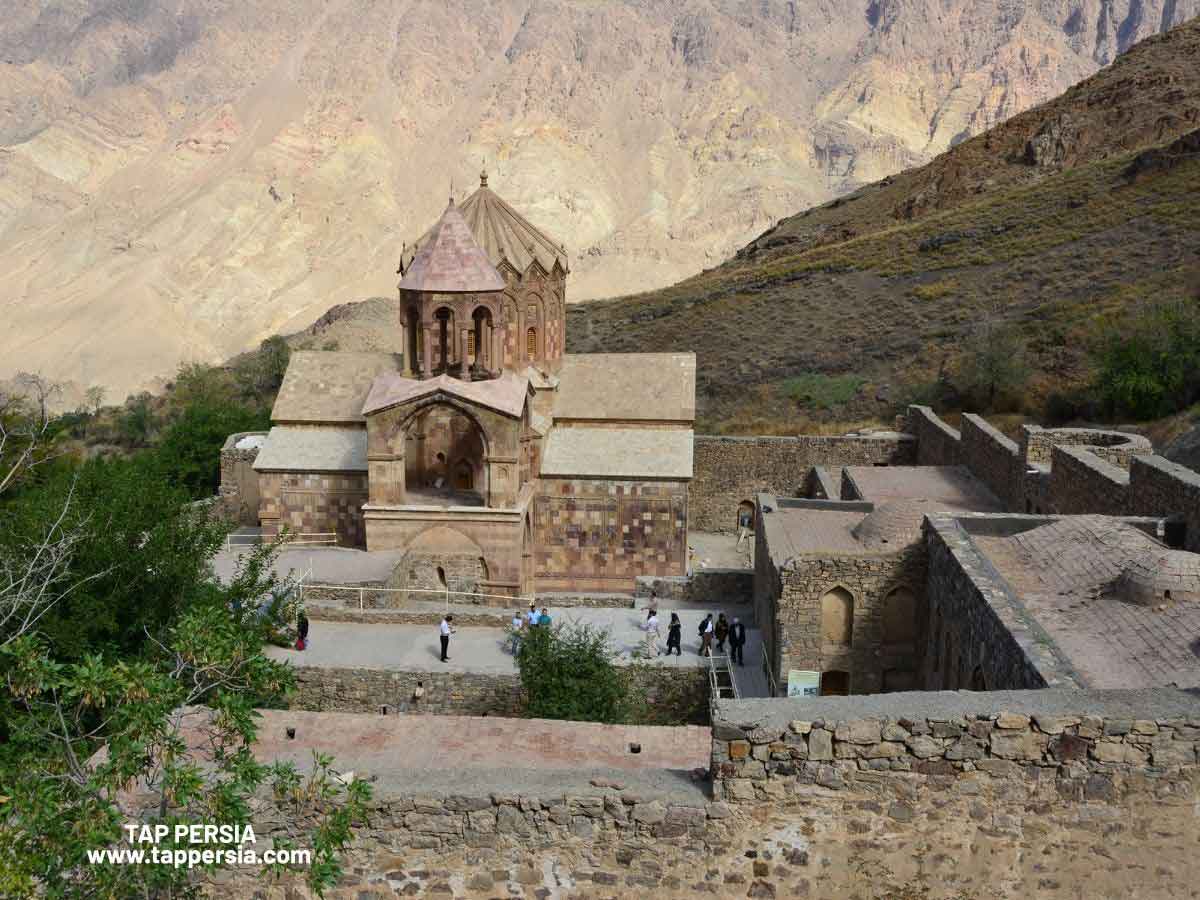
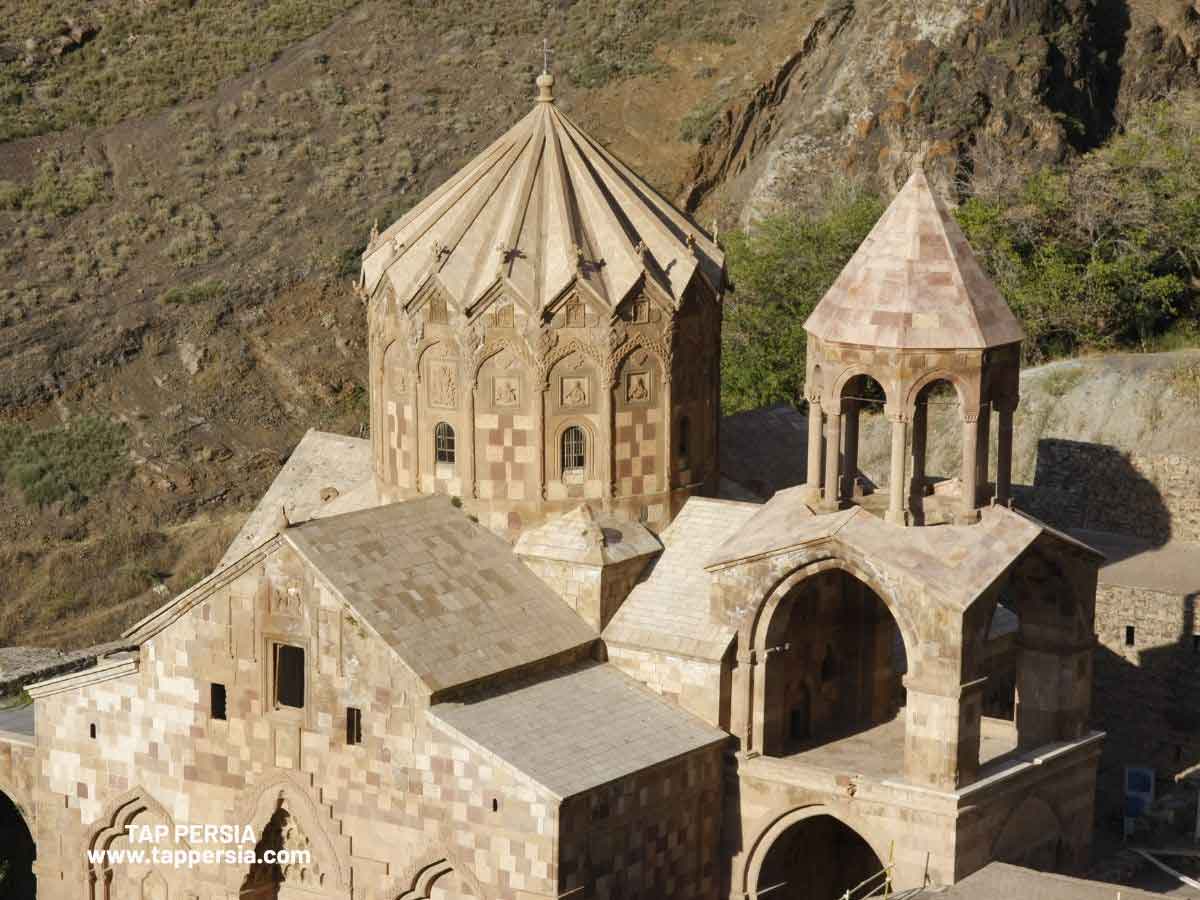
The beloved Armenian monastery known as St. Stepanos Monastery has a fascinating past and is located in the lovely landscape of northwest Iran. The monastery, which was constructed in the ninth century (though other accounts claim it was much earlier), is evidence of the Armenian community’s persistent spiritual presence in the area. A breathtaking architectural display is produced by the monastery’s stone walls, which have exquisite carvings and artistic designs. Its isolated setting, tucked away in awe-inspiring natural scenery, adds to the tranquility of the place. Visitors and pilgrims looking for spiritual refuge and stunning architecture will find it at St. Stepanos Monastery, which provides a window into the monastic life of long ago.
Saint Mary’s Church
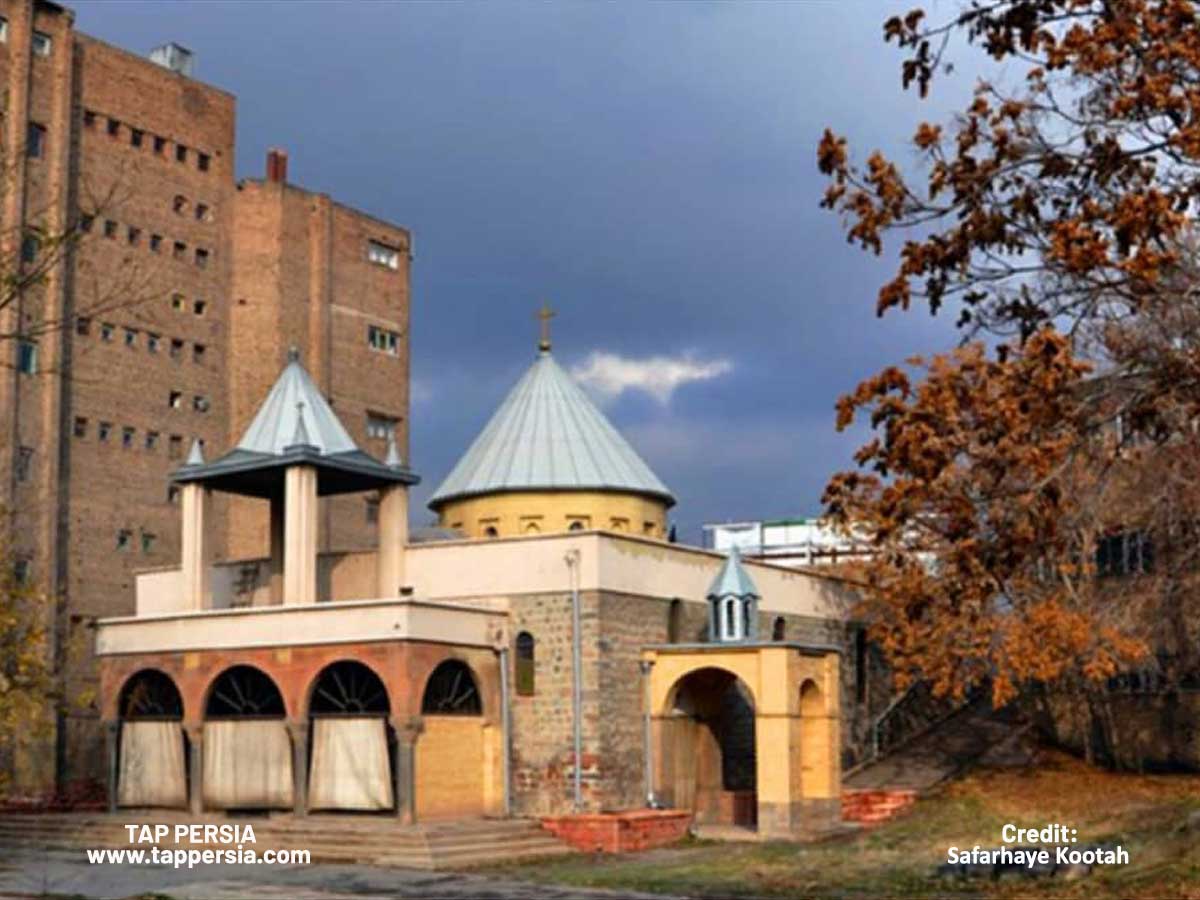
Saint Mary’s Church, which is located right in the middle of Tabriz, Iran, is a monument to the Armenian community’s steadfast faith and magnificent architecture. The Armenian community in Iran places a lot of importance on Surp Mariam Astvatsatsin, commonly known as Saint Mary’s Church, both historically and religiously. Since Armenians have been present in the area for a long time, it has a rich history that spans millennia.
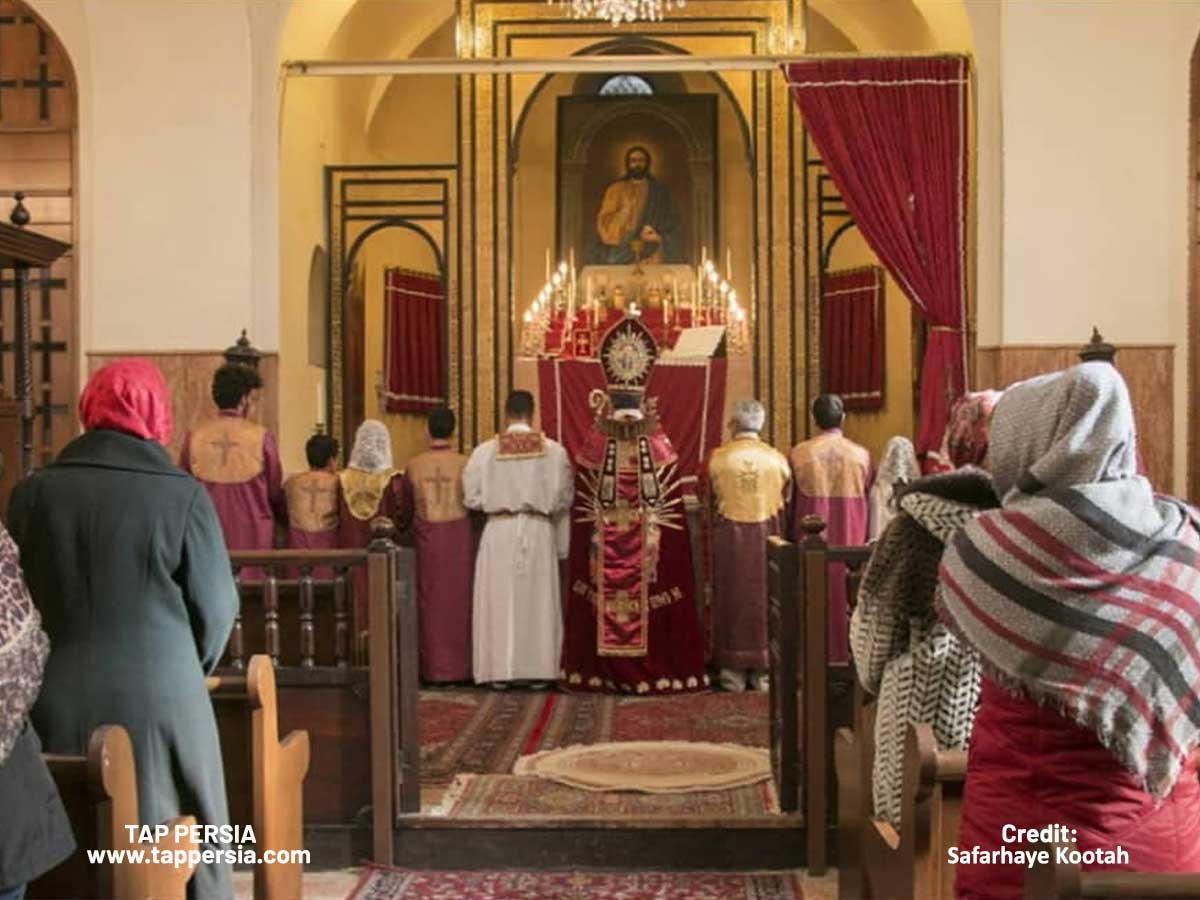
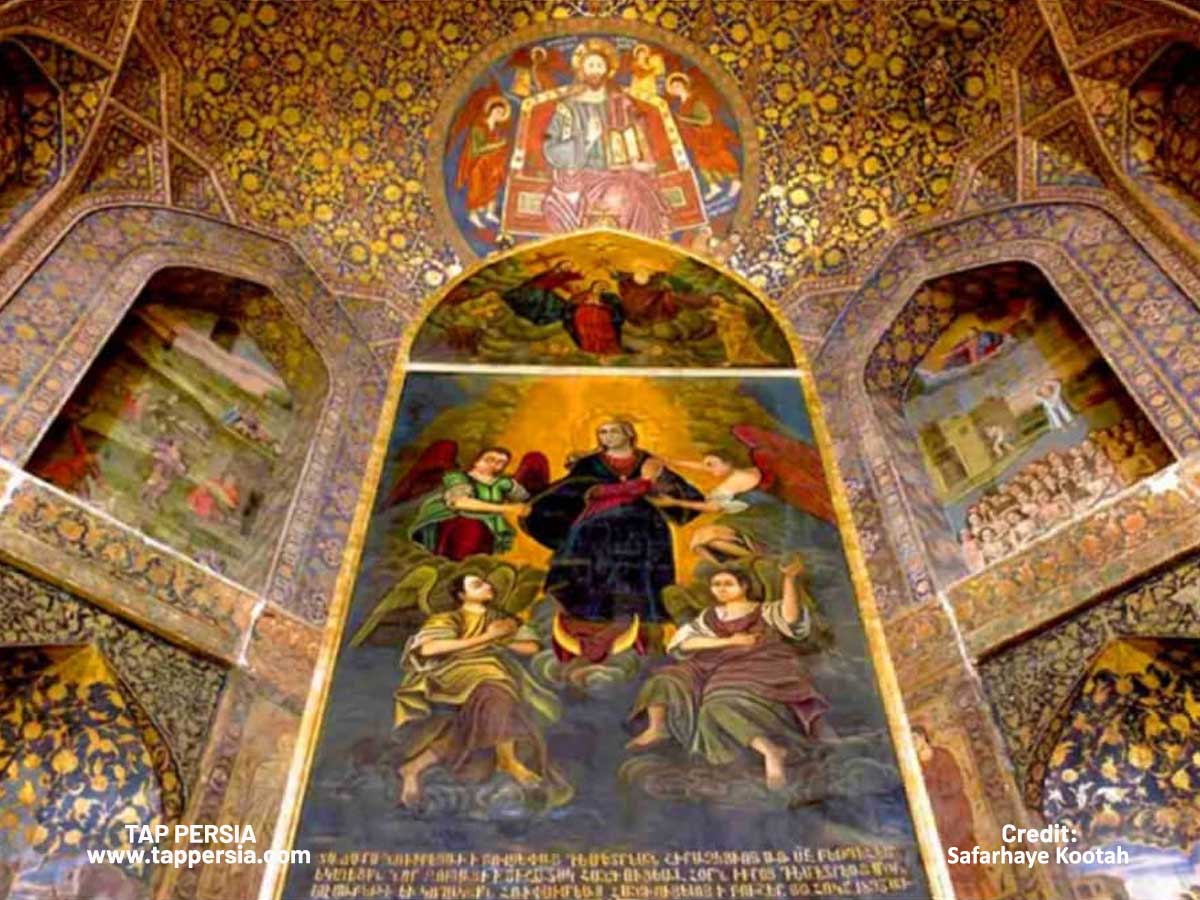
With magnificent domes, opulent facades, and exquisite interior decorations, the churches frequently display a fusion of Armenian and Persian architectural forms. By providing a location for worship, prayer, and social events, they act as spiritual hubs. The presence of Saint Mary’s Churches throughout Iran is evidence of the Armenian population’s well-ingrained religious beliefs and rich cultural traditions.
Cathedral of Saint Savior
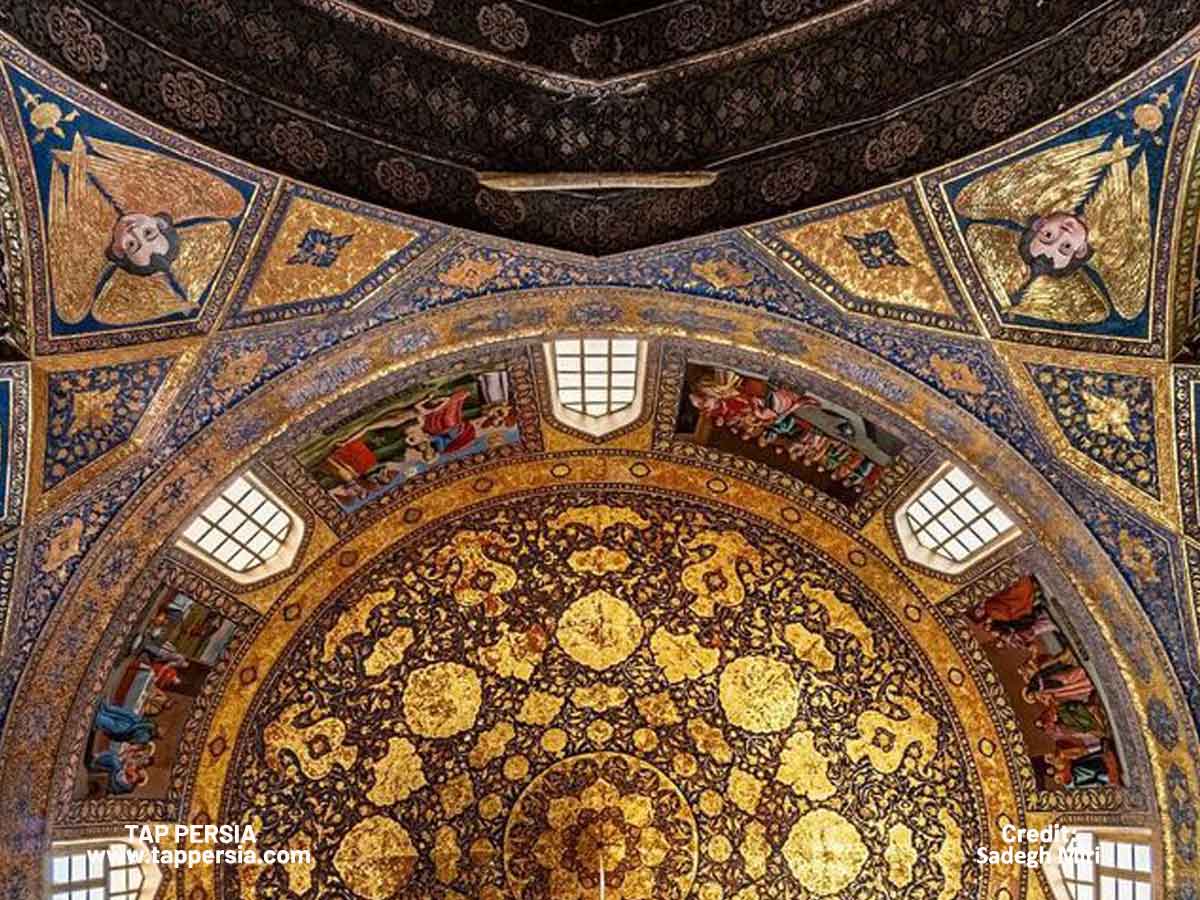
The Armenian community in Isfahan, Iran, has a rich history that includes the Cathedral of Saint Saviour, also known as Surp Amenaprgich. Early in the 17th century, this imposing church was constructed, and its stunning fusion of Armenian and Persian architectural forms is on display. The impressive exterior of the building, which is covered with elaborate tile work and rich paintings, is evidence of the time’s high caliber of art. High ceilings, imposing arches, and holy artifacts give the cathedral’s interior a peaceful feel. In Isfahan, the Armenian community’s Cathedral of Saint Savior serves as a testament to their steadfast faith and rich cultural history.
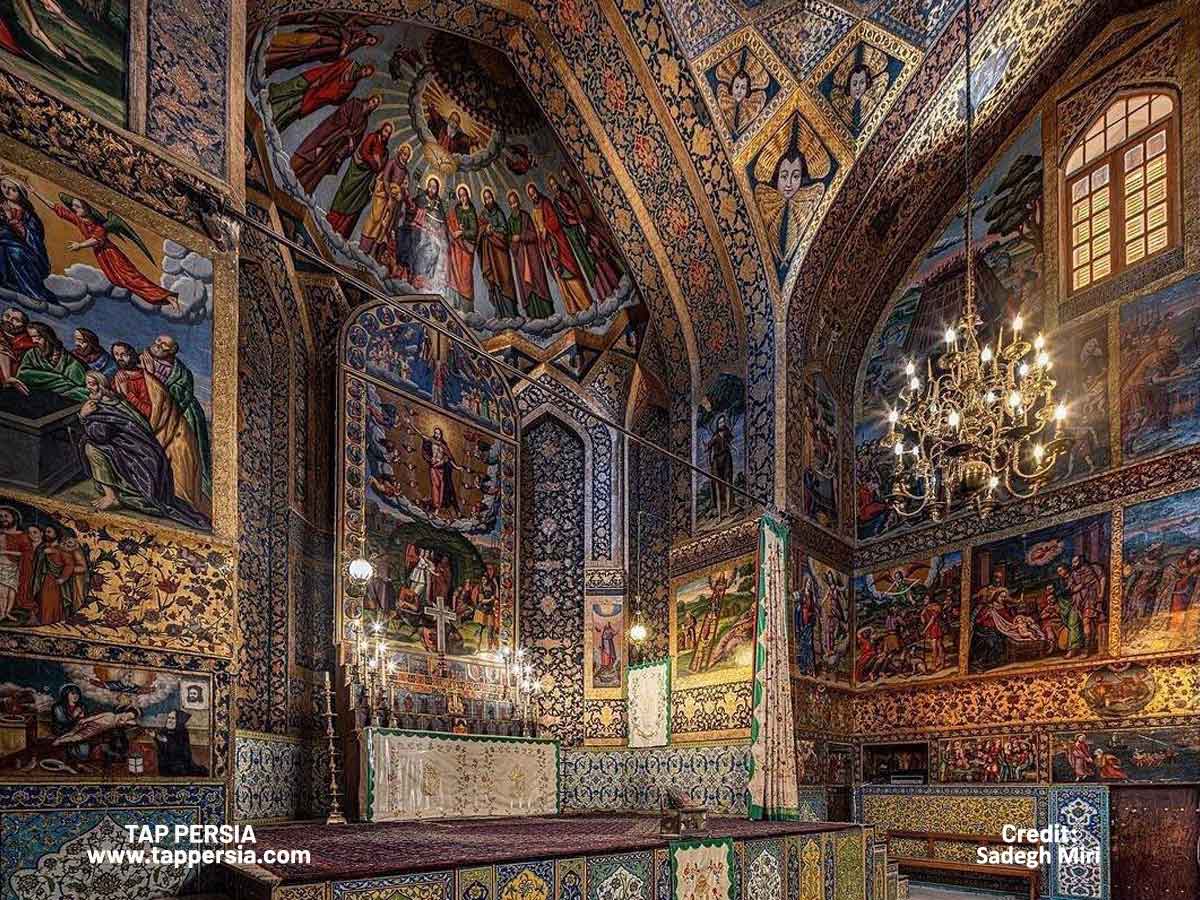
Conclusion
Exploring the ancient churches of Armenia in Iran on a spiritual trip reveals a world where artful architecture, rich culture, and religion coexist. These churches act as spiritual guiding lights, inviting pilgrims and guests to have a close encounter with God. They remind us of the continuing legacy of the Armenian people and the capacity of sacred places to uplift and inspire the human soul as keepers of history and spirituality. We honor the common human legacy by maintaining and cherishing these churches, and we also provide pathways for spiritual enlightenment on our own individual journeys.




Comment (0)